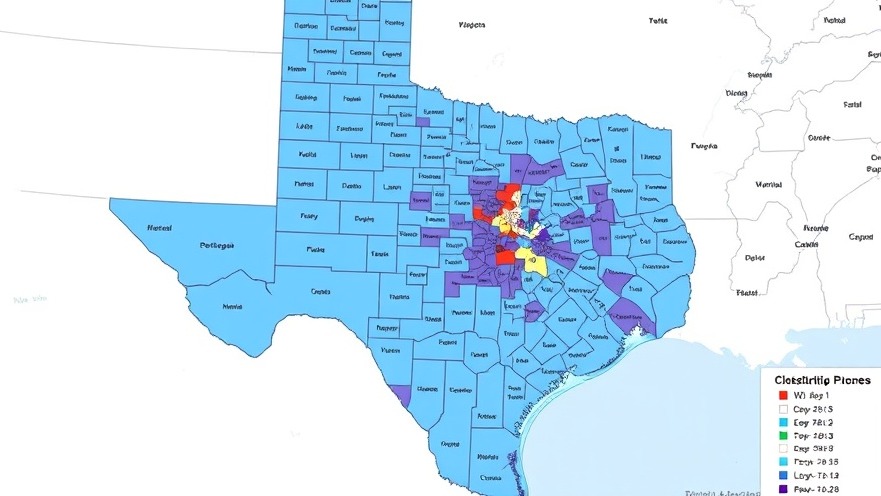
Texas Republicans Bet on Latino Voter Shifts in Upcoming Elections
In a bold move reflecting their confidence, Texas Republicans have unveiled a draft congressional map that is designed to capitalize on recent gains among Latino voters. With the upcoming 2024 election quickly approaching, the GOP's strategic reshaping of electoral districts aims to convert what urban analysts once considered a solid Democratic bastion into competitive races.
The proposed map increases the Hispanic voter share in three key districts, promoting the party's hope that these shifts represent a permanent trend rather than a temporary anomaly witnessed in the 2020 election. The Republican campaign aims to transform five traditionally blue seats into red ones, banking on the notion that Latino voters will remain politically aligned with them even without the charismatic presence of Donald Trump on the ballot.
Hispanic Voter Trends: What the Data Shows
The evidence for this GOP turnabout is compelling. In 2020, Hispanic voters in parts of South Texas shifted considerably towards Trump, supporting him at rates that the party had not previously seen. According to a Texas Tribune analysis, Latino-majority districts, under the new map, would have favored Trump by ten points had the new lines been in effect during the last presidential election. It’s a statistic that signifies more than mere numbers; it indicates a change in voter sentiment and a potential reshaping of Texas politics.
For example, Congressional Districts like the 9th, 28th, and 35th now show a favorable demography for Republicans, increasing Hispanic representation while simultaneously grappling with the challenge of retaining these voters. Political strategists believe that this audience, traditionally seen as allied with the Democratic Party, may respond to messages of economic empowerment pushed by Trump, leading to a divergence from their established political affiliations.
The Role of Key Figures in Shaping Perception
Retention of this newly acquired voter base could hinge on key Republican figures. The GOP aims to focus on personal narratives that resonate with Hispanic constituents while campaigning under the banner of economic opportunity. Renowned Democratic strategist Chuck Rocha posits that Trump’s appeal stemmed from a broader economic message rather than a strictly partisan divide. His views suggest that while the past election brought about a surge for the GOP, it's critical to recognize that this appeal may not extend universally to all Republican candidates.
A Risky Gamble for the GOP
As the GOP pushes forward with this redistricting strategy, they are wagering on voter turnout that may not materialize in the same way as it did in 2020. The absence of Trump from the ballot raises questions about whether the enthusiasm observed in 2020 can be mirrored in future elections. Within the evolving political landscape, Texas Democrats remain cautiously optimistic, with incumbents like Vicente Gonzalez and Henry Cuellar having successfully defended their seats even after Trump garnered considerable margins in their districts. This uncertainty exemplifies the volatility of political trends among Latino voters and poses significant risks for the GOP.
Turning Points in Texas Political Demographics
The shifting dynamics among Texas's Latino voters symbolize broader trends within the state’s political framework. These are not merely changes in a voter demographic but rather a forthright movement reflecting dissatisfaction with traditional party loyalties. Many potential voters who once felt underrepresented by the Democrats are now seeking new avenues for support. This represents both a challenge and an opportunity for parties on both sides of the aisle, as understanding these shifts is critical in the lead-up to the 2026 election.
As a result, monitoring how these developments evolve will be crucial for both political parties. Texas continues to be a pivotal battleground state in national elections, with its demographic interplay likely foreshadowing future trends at a national level.
 Add Element
Add Element  Add Row
Add Row 



Write A Comment